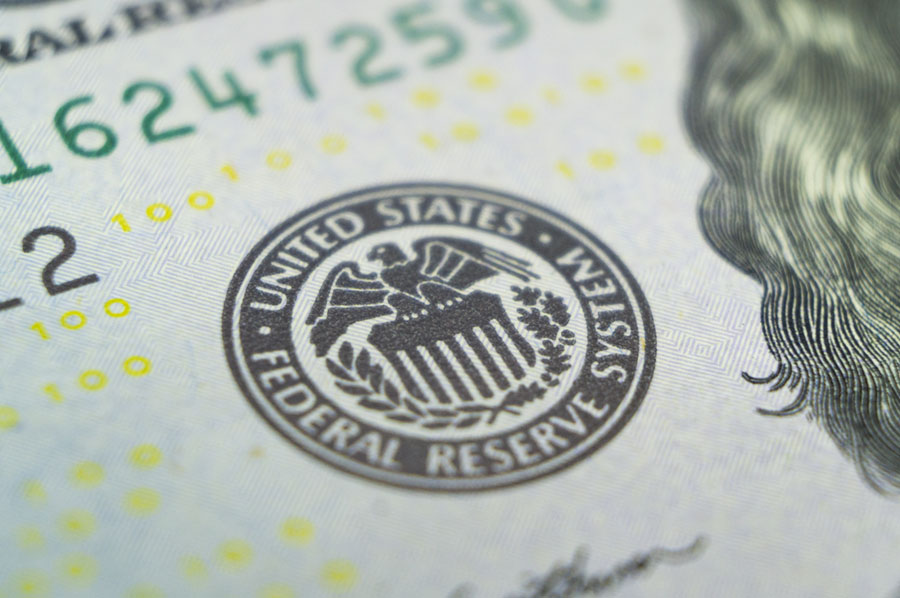
Who Started the U.S. Monetary System?
How U.S. Monetary System Got Started.
During colonial times, coins from different European countries were used and circulated throughout the colonies.
Spanish coins were the dominate currency and because of the scarcity of coins, most of the trade and commerce was accomplished by bartering and trade.
Commodities such as rice, tobacco, animal skins, and rum, were used as money.
Paper money and other currencies were issued by some of the colonies with varying rates of discount which made them pretty much worthless and not acceptable for most purchases or for payment of any kind.
During the American Revolution, the Continental Congress issued the first unified currency.
It was declared redeemable in gold and silver.
After the war and independence, redemption became almost nonexistent because of excessive printing of the notes over metal reserves.
The notes lost almost all of their value.
Because of an abrupt rise in population and a big increase in trade and commerce, the newly formed United States government started looking at ways to institute a strong, stable, US monetary system.
But in 1792 Congress was given the power to create and establish a national monetary system.
Congress then passed the Coinage Act and made the dollar the nation’s primary monetary unit.
Tradition
The Coinage Act of 1792 was based on the use of gold and silver reserves but because of the scarcity of the precious metals at the time, adjustments in value occurred frequently.
Throughout U.S. history, especially once gold was discovered in California, revision of the coinage laws and the mint ratio of gold and silver coins increased or decreased, according to the economics of the time.
In 1913, the Federal Reserve Act was passed authorizing the establishment of regional Federal Reserve Banks.
This is called the Federal Reserve System of the Fed.
These banks issue money to member banks by drawing on their own deposits or by borrowing commercial paper if their deposit balances with the Federal Reserve are insufficient, helping to create a valueless US monetary system.
Contrary to the name these banks hold no reserve and they are not federally owned but rather private.
A War on Working People
Today, the United States has a managed monetary system that is no longer based on metals.
The Federal Reserve initiates and carries out monetary policy that stabilizes the rate of growth in the money supply which, then influences the economy and keeps the lid on inflation rates.
The Fed does this to profit its shareholders. These are the richest of the rich on Earth.
Without cheaper credit and a steady supply of money for home and business loans, the economy usually falls into a recession thus creating business failures, foreclosures, unemployment, bad debt, and large numbers of bankruptcies.
The Fed Rakes in Private Profit
The U.S. monetary system was originally designed to have the flexibility to meet the needs of the general population and to stimulate the economy when stimulation is believed to be necessary.
Since 1914 it is run to benefit a small elite banking cartel at taxpayer expense.
It has been handed the Constitutional power that belongs to Congress.
Through lending the U.S. money it helps keep the government at the beck and call of the corporate elite.

 My First Amazing Ayahuasca Experience
My First Amazing Ayahuasca Experience  Pine Needle Tea
Pine Needle Tea  The REAL Controllers of Humanity: The Papal Bloodlines
The REAL Controllers of Humanity: The Papal Bloodlines  Is it Global Warming or Cooling?
Is it Global Warming or Cooling?  Gun Rights and Obama Examined
Gun Rights and Obama Examined